Home>Furniture & Design>Interior Design Trends>How Long Can A Glass Of Milk Sit Out
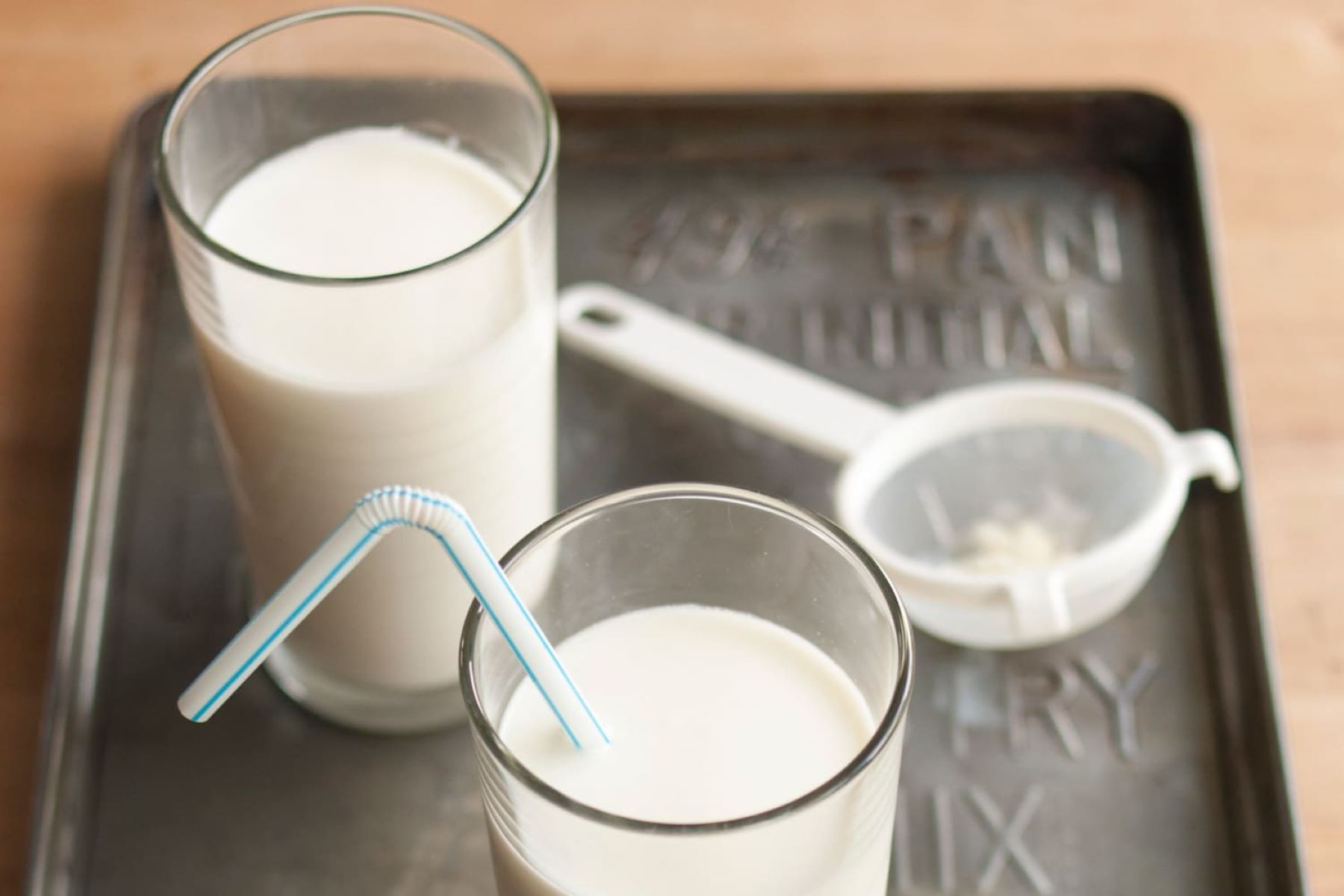

Interior Design Trends
How Long Can A Glass Of Milk Sit Out
Published: February 5, 2024
Discover the latest interior design trends and learn how long a glass of milk can sit out before it spoils. Find expert tips and advice to elevate your home decor.
(Many of the links in this article redirect to a specific reviewed product. Your purchase of these products through affiliate links helps to generate commission for Storables.com, at no extra cost. Learn more)
Introduction
Milk is a staple in many households, cherished for its versatility and nutritional value. Whether it's poured over cereal, added to coffee, or enjoyed on its own, milk is a beloved beverage that has been a part of human diets for centuries. However, a common question that arises is, "How long can a glass of milk sit out?" This query stems from concerns about the safety and quality of milk when it is not refrigerated.
Understanding the shelf life of milk is crucial for maintaining its freshness and ensuring that it remains safe for consumption. Factors such as temperature, packaging, and pasteurization play significant roles in determining how long milk can be left unrefrigerated. Additionally, it's essential to be aware of the potential risks associated with drinking spoiled milk and the importance of proper storage practices to prolong its shelf life.
In this article, we will delve into the various factors that influence the shelf life of milk, explore the potential risks of consuming milk that has been left out for too long, and provide practical tips for storing milk to maintain its freshness. By gaining a deeper understanding of these aspects, you can make informed decisions about the safety and quality of the milk you consume, ultimately ensuring a delightful and worry-free experience with this beloved beverage.
Key Takeaways:
- Proper storage in the fridge at 40°F or below helps milk stay fresh and safe to drink, avoiding bacterial growth and spoilage.
- Spoiled milk can make you sick due to harmful bacteria and toxins, so always check expiration dates and store milk properly.
Read more: How Long Can Breast Milk Be In The Freezer
Factors Affecting the Shelf Life of Milk
The shelf life of milk is influenced by several key factors, each playing a crucial role in determining how long milk can remain fresh and safe for consumption. Understanding these factors is essential for maintaining the quality of milk and minimizing the risk of spoilage.
1. Temperature:
Temperature is a primary determinant of milk's shelf life. When left at room temperature, milk becomes susceptible to bacterial growth, leading to spoilage. Ideally, milk should be stored at a consistent temperature of 40°F (4°C) or below to inhibit the proliferation of bacteria and preserve its freshness. Refrigeration is vital in extending the shelf life of milk, as lower temperatures slow down the growth of microorganisms, thereby prolonging its usability.
2. Packaging:
The packaging of milk also plays a significant role in its shelf life. Milk is commonly packaged in opaque or translucent containers to protect it from light exposure, which can cause the degradation of vitamins and off-flavors. Additionally, airtight packaging helps prevent contamination and maintains the milk's quality by minimizing exposure to external elements.
3. Pasteurization:
The pasteurization process significantly impacts the shelf life of milk. Pasteurized milk, which has been heat-treated to eliminate harmful bacteria, has a longer shelf life compared to raw milk. This process ensures that the milk remains safe for consumption for an extended period, provided it is stored under the appropriate conditions.
Read more: When Can Babies Sit In Bathtub
4. Microbial Contamination:
Microbial contamination can drastically reduce the shelf life of milk. When milk comes into contact with unsanitary surfaces or is exposed to airborne bacteria, the risk of spoilage increases. Proper handling and storage practices are essential in minimizing microbial contamination and preserving the freshness of milk.
5. Time:
As time elapses, the quality of milk gradually deteriorates. Even when stored under optimal conditions, the shelf life of milk is finite. Therefore, it is crucial to monitor the expiration dates and adhere to recommended storage guidelines to ensure that milk is consumed within its designated shelf life.
By considering these factors, individuals can make informed decisions regarding the storage and consumption of milk, ultimately prolonging its shelf life and enjoying its nutritional benefits to the fullest.
Potential Risks of Drinking Spoiled Milk
Consuming spoiled milk poses significant health risks due to the proliferation of harmful bacteria and the potential for foodborne illnesses. When milk undergoes spoilage, whether due to improper storage or an expired shelf life, it becomes a breeding ground for pathogens that can cause a range of adverse health effects. Understanding the potential risks associated with drinking spoiled milk is crucial for safeguarding one's well-being and making informed choices about milk consumption.
-
Bacterial Contamination: When milk is left unrefrigerated or stored beyond its expiration date, bacteria such as Salmonella, E. coli, and Listeria can multiply rapidly. These pathogens can lead to foodborne illnesses, resulting in symptoms such as nausea, vomiting, diarrhea, and abdominal cramps. In severe cases, bacterial contamination from spoiled milk can pose serious health risks, particularly for individuals with weakened immune systems, pregnant women, and young children.
-
Toxin Formation: As milk spoils, certain bacteria present in the environment or on contaminated surfaces can produce toxins that are harmful when ingested. For instance, Staphylococcus aureus, a bacterium commonly found in the environment, can generate toxins in milk, leading to food poisoning. Consumption of milk contaminated with such toxins can result in rapid-onset symptoms, including intense nausea, vomiting, and stomach cramps.
-
Digestive Discomfort: Even if the bacterial contamination in spoiled milk does not lead to severe foodborne illnesses, it can still cause digestive discomfort and gastrointestinal disturbances. Consuming milk that has undergone spoilage may result in mild to moderate digestive issues, such as bloating, gas, and general discomfort, impacting one's overall well-being and digestive health.
-
Nutritional Degradation: Beyond the health risks posed by bacterial contamination, spoiled milk may also undergo nutritional degradation. As milk spoils, its vitamin content, particularly vitamins A and D, may diminish, reducing its nutritional value. Additionally, the development of off-flavors and odors in spoiled milk can make it unpalatable, further deterring individuals from consuming it.
In light of these potential risks, it is imperative to exercise caution and mindfulness when handling and consuming milk. By adhering to proper storage practices, regularly checking expiration dates, and promptly discarding any milk that shows signs of spoilage, individuals can mitigate the risks associated with drinking spoiled milk and safeguard their health.
By being aware of the potential dangers of consuming spoiled milk, individuals can make informed decisions to protect themselves and their loved ones from the adverse effects of bacterial contamination and foodborne illnesses. Prioritizing food safety and hygiene when it comes to milk consumption is essential for maintaining overall well-being and enjoying the nutritional benefits of this beloved beverage.
Tips for Properly Storing Milk
Proper storage is paramount in maintaining the freshness and quality of milk, ultimately ensuring its safety for consumption. By implementing effective storage practices, individuals can prolong the shelf life of milk and minimize the risk of spoilage. Here are essential tips for properly storing milk:
-
Refrigerate Promptly: Upon bringing milk home from the store, it is crucial to refrigerate it promptly. Milk should be stored in the coldest section of the refrigerator, typically on the bottom shelf, to maintain a consistently low temperature. Avoid leaving milk at room temperature for extended periods, as this can expedite the growth of bacteria and compromise its quality.
-
Use Opaque Containers: When transferring milk to a different container for storage, opt for opaque or translucent containers that offer protection from light exposure. Light can degrade the vitamins in milk and contribute to off-flavors, so minimizing its impact through appropriate packaging is essential.
-
Avoid Cross-Contamination: To prevent microbial contamination, store milk away from raw meat, poultry, and seafood in the refrigerator. This helps minimize the risk of cross-contamination and maintains the integrity of the milk.
-
Check Expiration Dates: Regularly check the expiration dates on milk containers and prioritize consuming milk before it reaches its expiration date. Adhering to expiration dates is crucial for ensuring the freshness and safety of the milk.
-
Maintain Consistent Temperature: Keep the refrigerator temperature at 40°F (4°C) or below to inhibit bacterial growth and preserve the quality of the milk. Fluctuating temperatures can compromise the shelf life of milk, so maintaining a consistent cold environment is essential.
-
Avoid Freezing Whole Milk: While freezing milk is an option to extend its usability, it is important to note that whole milk may expand when frozen, potentially causing the container to burst. If freezing milk, consider removing a small portion to allow for expansion, or opt for freezing skim or low-fat milk, which are less prone to expansion.
-
Minimize Exposure to Air: When resealing milk containers, ensure a tight seal to minimize exposure to air, which can contribute to off-flavors and compromise the freshness of the milk.
By incorporating these tips into your milk storage routine, you can effectively prolong the shelf life of milk and maintain its quality, ensuring that each glass of milk remains fresh, delicious, and safe for consumption. Prioritizing proper storage practices is key to enjoying the nutritional benefits of milk while minimizing the risk of spoilage.
Read more: What Is Milk Glass
Conclusion
In conclusion, understanding the factors that influence the shelf life of milk and the potential risks associated with consuming spoiled milk is essential for maintaining food safety and enjoying the nutritional benefits of this beloved beverage. By considering the impact of temperature, packaging, pasteurization, microbial contamination, and time on milk's shelf life, individuals can make informed decisions about storage and consumption practices. Refrigeration, proper packaging, and adherence to expiration dates are crucial in preserving the freshness and safety of milk.
The potential health risks posed by bacterial contamination and toxin formation in spoiled milk underscore the importance of exercising caution and mindfulness when handling and consuming this dairy product. By prioritizing proper storage, regular monitoring of expiration dates, and prompt disposal of any milk showing signs of spoilage, individuals can mitigate the risks associated with consuming spoiled milk and safeguard their well-being.
Furthermore, implementing effective storage practices, such as refrigerating milk promptly, using opaque containers, and minimizing exposure to air, can significantly prolong the shelf life of milk and maintain its quality. By incorporating these tips into daily routines, individuals can ensure that each glass of milk remains fresh, delicious, and safe for consumption, thereby maximizing its nutritional benefits.
Ultimately, the proper storage and handling of milk are essential for maintaining food safety and hygiene, minimizing the risk of bacterial contamination, and preserving the nutritional value of this wholesome beverage. By staying informed about the factors influencing milk's shelf life and the potential risks of consuming spoiled milk, individuals can make conscious choices to protect themselves and their loved ones, fostering a culture of safe and enjoyable milk consumption.
In embracing these practices, individuals can savor the goodness of milk with confidence, knowing that they are prioritizing food safety and well-being. By nurturing a deeper understanding of milk's shelf life and the importance of proper storage, individuals can continue to enjoy the versatility and nourishment that milk brings to their daily lives.
Frequently Asked Questions about How Long Can A Glass Of Milk Sit Out
Was this page helpful?
At Storables.com, we guarantee accurate and reliable information. Our content, validated by Expert Board Contributors, is crafted following stringent Editorial Policies. We're committed to providing you with well-researched, expert-backed insights for all your informational needs.

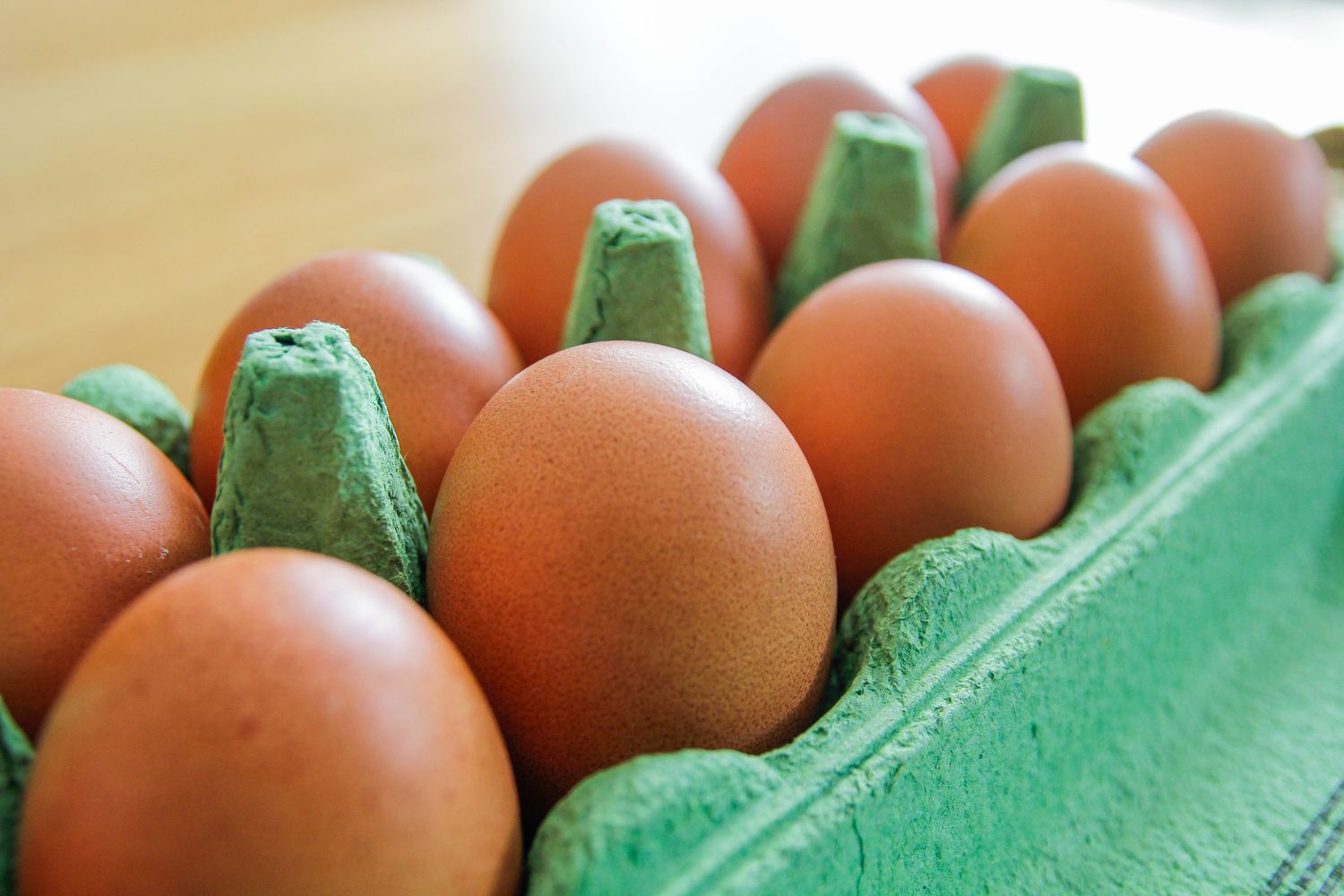
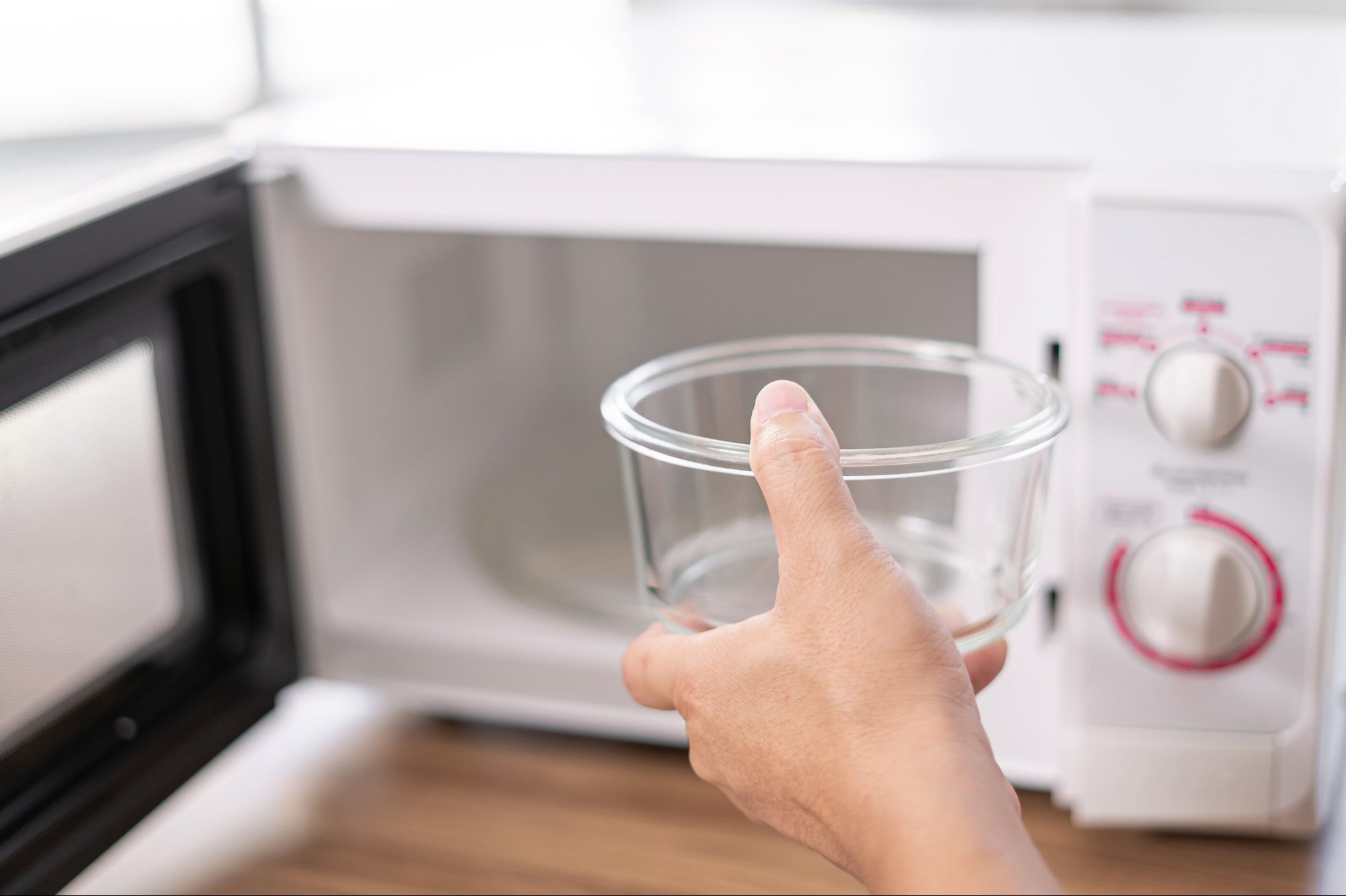
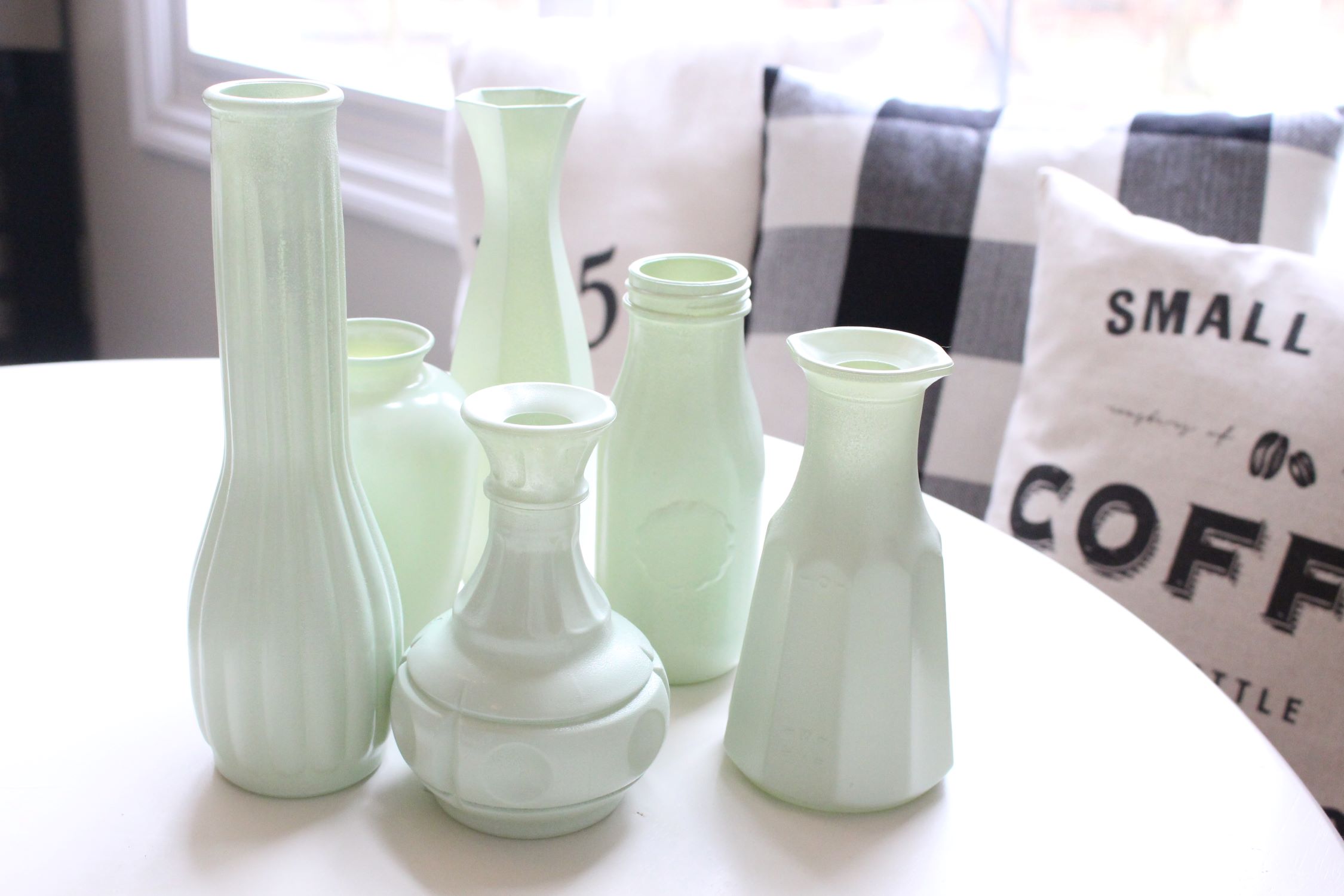
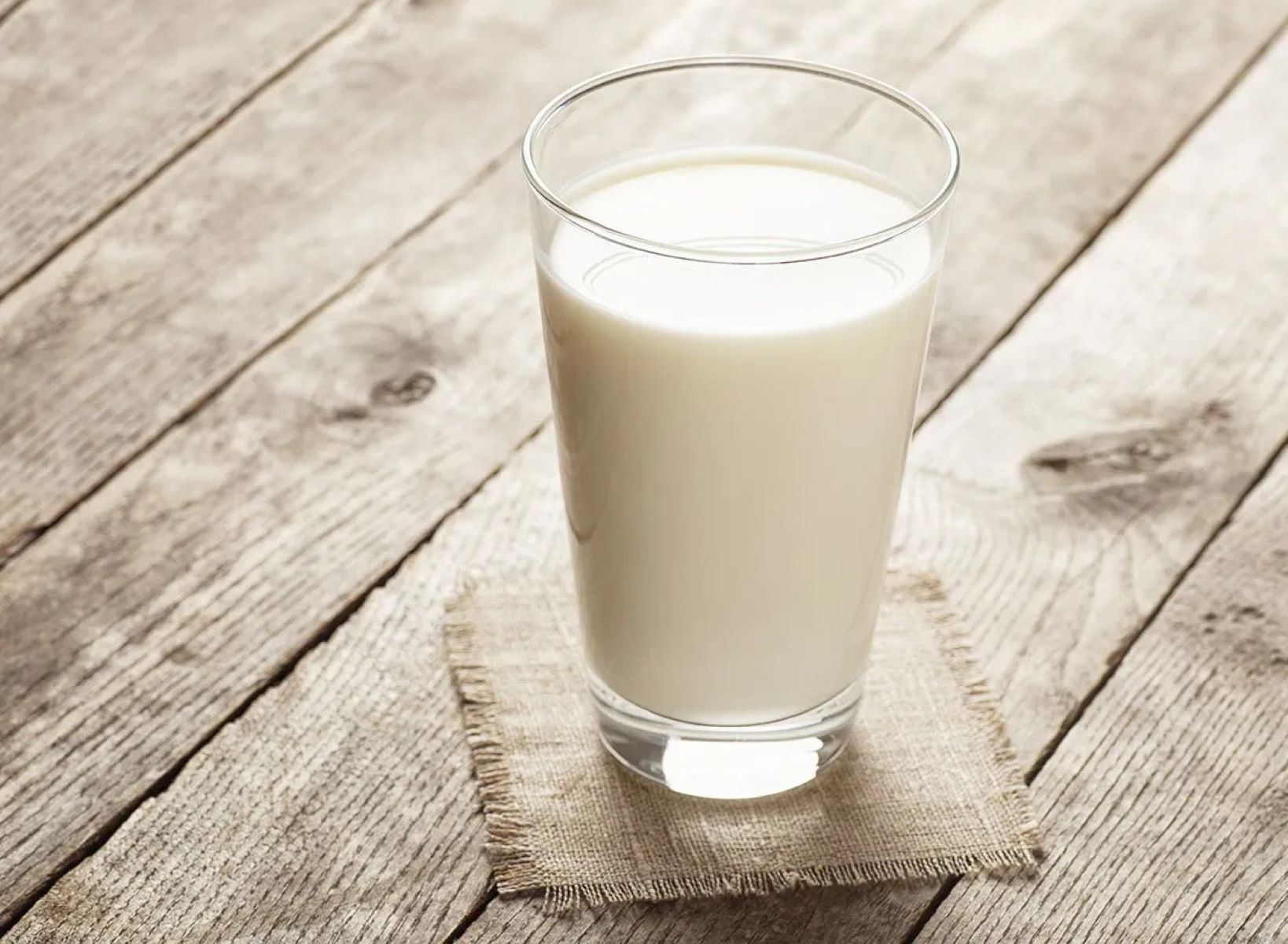
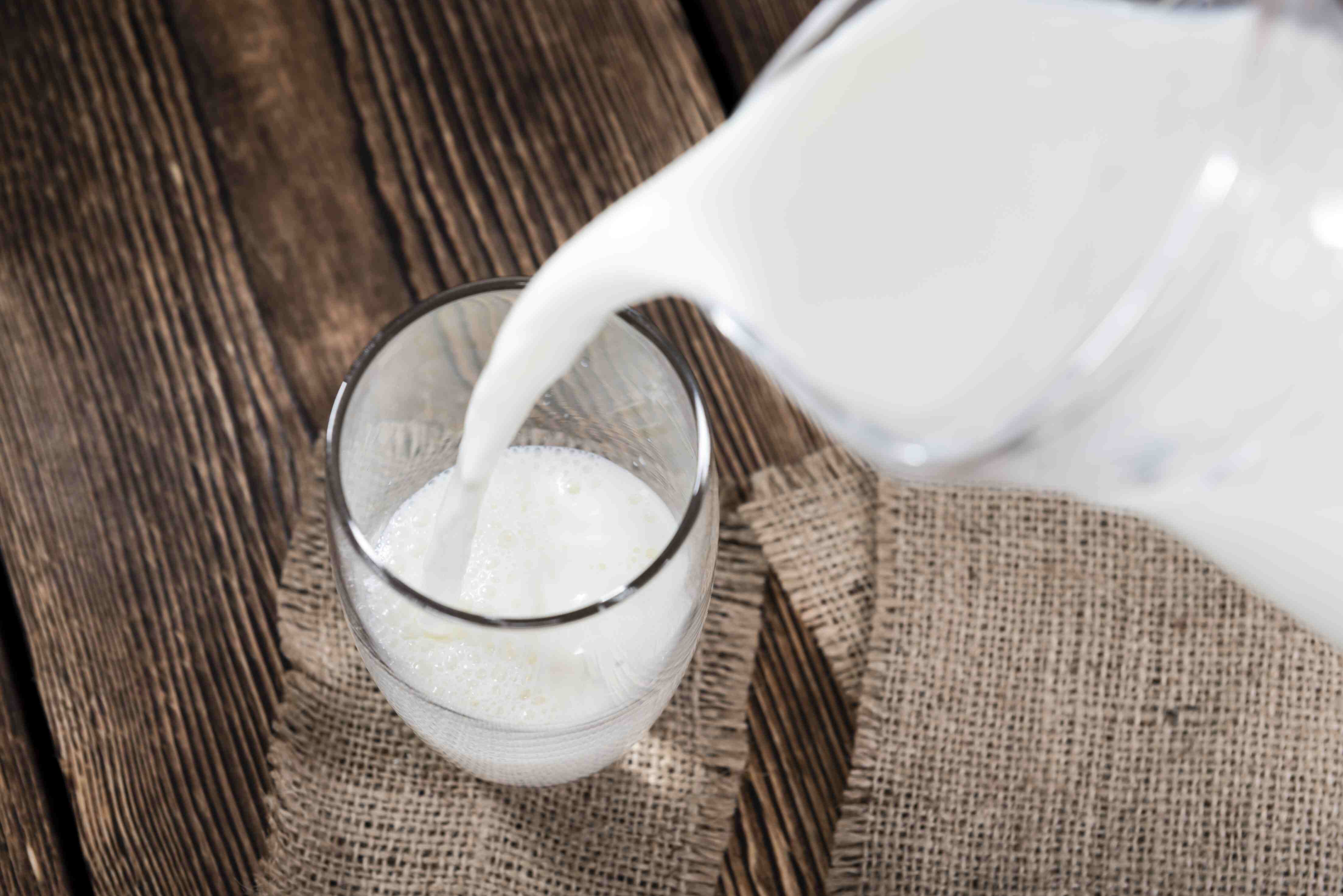

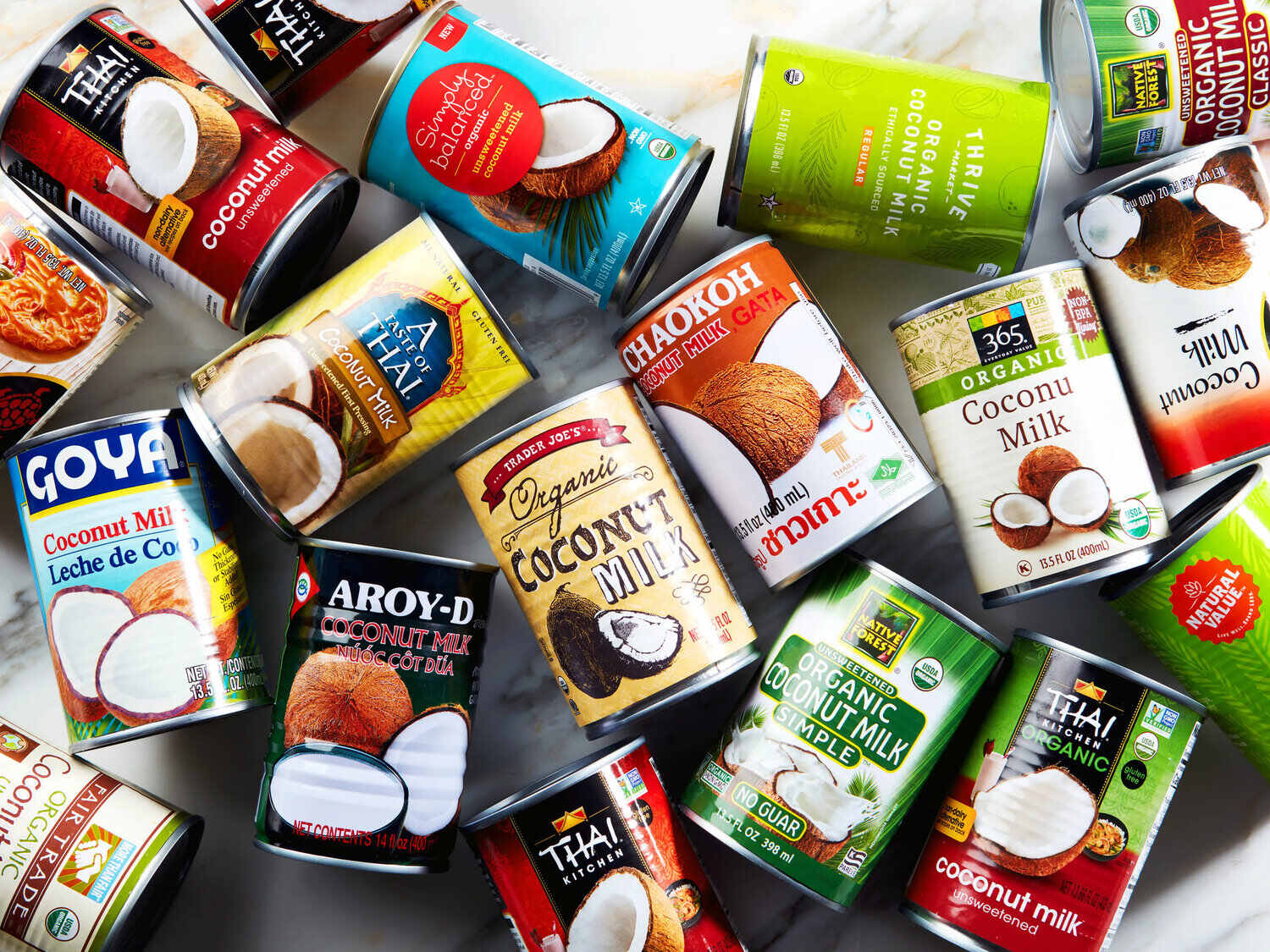






0 thoughts on “How Long Can A Glass Of Milk Sit Out”